When designing autoclave loads, we should consider:
A good rule of thumb is to place large, condensing items on the bottom shelf and allow any condensate to drain away from other load components.
- Does condensate generation on upper shelves affect items below?
- Can load orientation reduce condensate pooling or redirect flow away from other items?
A good rule of thumb is to place large, condensing items on the bottom shelf and allow any condensate to drain away from other load components.
3 Steps to minimise condensate
How we can help
Autoclave Validation
Our Engineers can help develop and optimise your cycles and loads. Ensuring rapid and even steam penetration, load dryness and robust sterilisation.
Write your awesome label here.
Write your awesome label here.
Consultancy Support
With over 20 years experience in validating Autoclaves, Chris Maughan can help audit your process and assist in optimising your cycles for robust and repeatable design.

